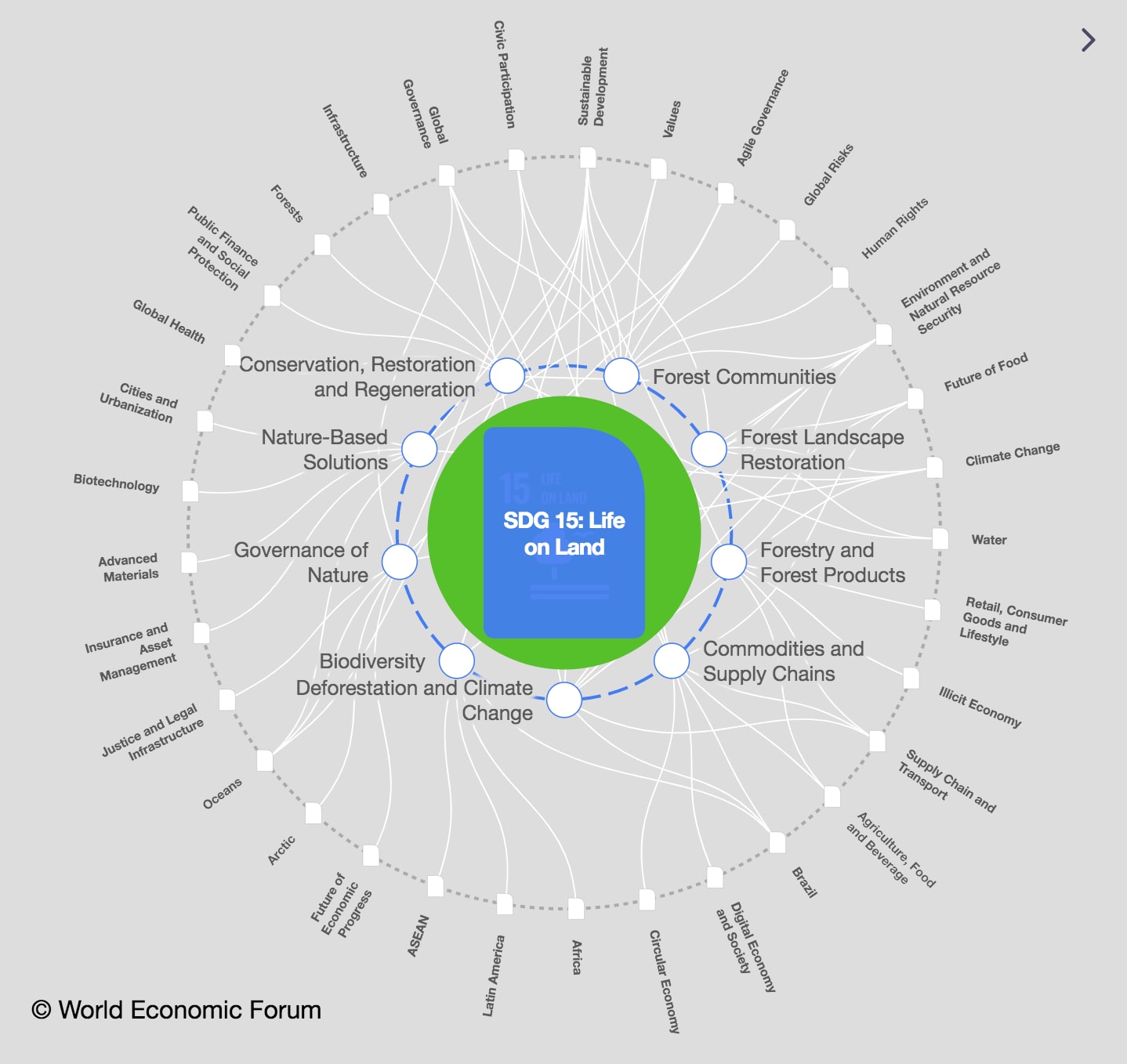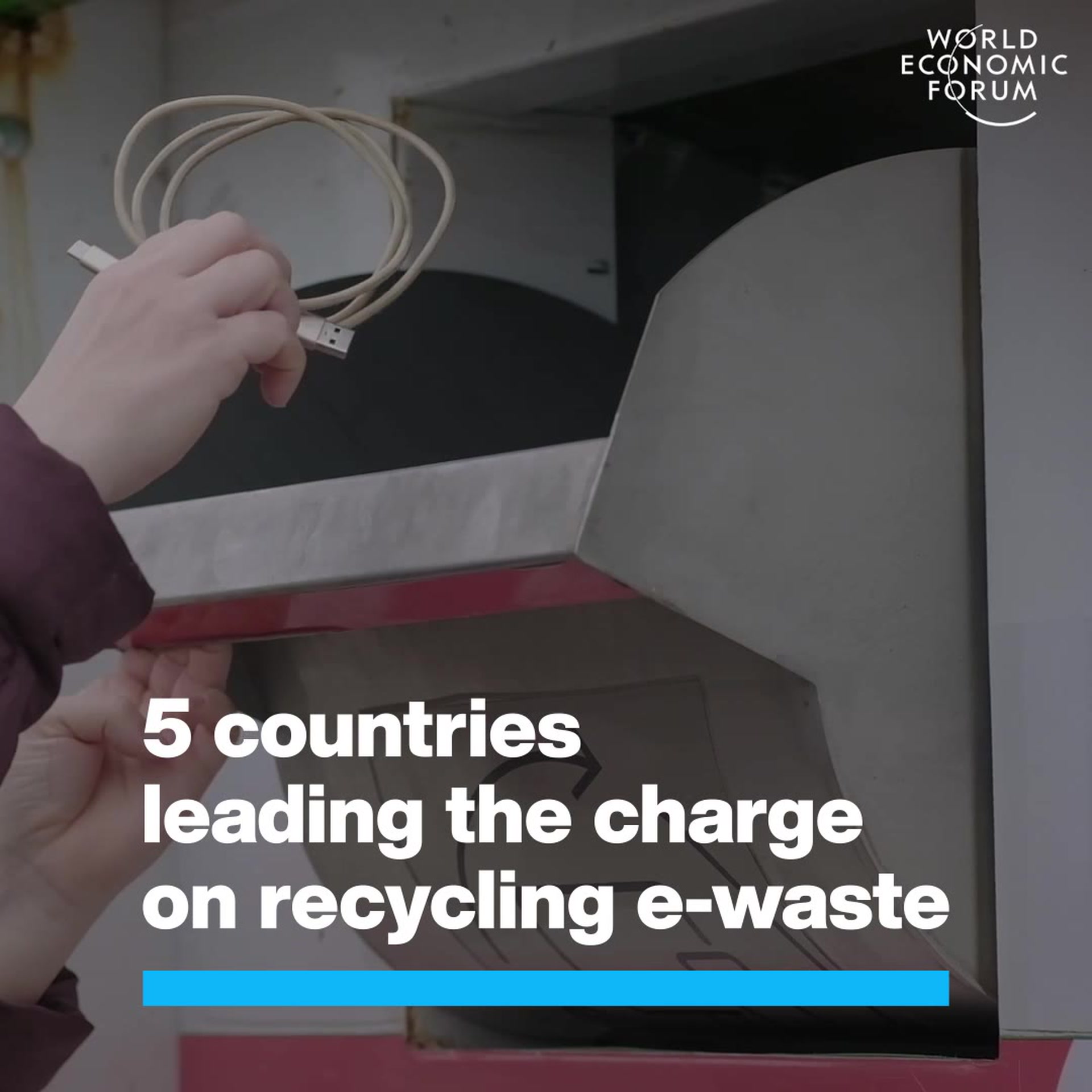What is desertification and why is it important to understand?

Currently, around 2 billion people live in drylands, which are most prone to desertification, according to Earth.org. Image: REUTERS/Ivan Alvarado

Get involved with our crowdsourced digital platform to deliver impact at scale
Stay up to date:
SDG 15: Life on Land
- Factors including climate change, deforestation, overgrazing and unsustainable agricultural practices are increasingly turning our world’s drylands into deserts.
- Degradation of productive soil along with the loss of biodiversity, bodies of water and vegetation also impacts human life, leading to poverty, food and water scarcity and poor health.
- But 2024 could become a seminal year for the fight against desertification, with a series of events including the World Economic Forum’s Special Meeting and COP16 focused on tackling the issue.
When we think of deserts, regions such as the Middle East, Northern Africa or Central Asia may spring to mind. But growing desertification in the wake of climate change is increasingly drawing ever wider circles across the globe, increasing steadily. United Nations’ latest data, as presented by 126 Parties in their 2022 national reports, show that 15.5% of land is now degraded, an increase of 4% in as many years.
But this could become a seminal year for the fight against desertification, with two major events scheduled for 2024 in Saudi Arabia to mobilize support. Tackling this growing problem will be a major focus at the World Economic Forum’s forthcoming Special Meeting on Global Collaboration, Growth and Energy for Development in May, and the16th session of the Conference of the Parties to the UN Convention to Combat Desertification (UNCCD) COP16 in December.
The UNCCD is one of the three Rio Conventions, along with the UN Framework Convention on Climate Change and the Convention on Biological Diversity.
What does desertification mean for our planet and people, and how can we mitigate against it?
What is desertification and what causes it?
Desertification is a type of land degradation in which an already relatively dry land area becomes increasingly arid, degrading productive soil and losing its bodies of water, biodiversity and vegetation cover.
It is driven by a combination of factors, including climate change, deforestation, overgrazing and unsustainable agricultural practices.
The issue reaches far beyond deserts like the Sahara, Kalahari or Gobi deserts. The UNCCD says that 100 million hectares of productive land are degraded each year. Droughts are becoming more common, and three-quarters of people are expected to face water scarcity by 2050.
Currently, around 2 billion people live in drylands, which are most prone to desertification, according to Earth.org.
Among the most affected regions are Africa and Eastern and Central Asia.
Who is most affected by desertification?
In Africa, some 40 million people are living in severe drought conditions already, according to the World Economic Forum report Quantifying the Impact of Climate Change on Human Health 2024.
And, in Asia, China, Uzbekistan, and Kyrgyzstan are among the countries that have seen temperatures soaring, according to Earth.org. While some of these areas had been classed as having a desert climate since the 1980s, desertification has continued, leading to hotter, wetter climates. In the mountains, a lack of snow has led to the gradual disappearance of glaciers, threatening water security that affects both people and agriculture.
What is the World Economic Forum doing about nature?
But land degradation also affects more temperate regions. In the US, nearly 40% of the lower 48 states are facing drought, the Forum’s report says, quoting statistics from the US National Integrated Drought Information System.
Southern Europe has seen some of its worst droughts in recent years. In Spain, desertification and overexploitation have severely affected what’s known as “Europe’s kitchen garden”. The European Union has flagged the vulnerability of its southern members to desertification in recent years, pointing not only to Spain but also Portugal, Italy, Greece, Cyprus, Bulgaria and Romania.
What are the impacts of desertification?
According to the UNCCD, around 500 million people live in desertified areas.
They can experience exacerbated poverty, lack of food security and poor health due to malnutrition and lack of access to clean water. They are also more vulnerable to climate change and extreme weather such as droughts and natural disasters. With their livelihoods at stake and a greater risk of conflict over declining resources, they may also face forced migration.
One of the most prominent examples of desertification is the Aralkum desert in central Asia. In the 1960s, the area was covered by the fourth-largest lake in the world, the Aral Sea. Since then, it has shrunk to a tenth of its former size, with only three small, highly salty lakes remaining. In Soviet times, its waters were used for irrigating a semi-desert region to grow cotton, leading to a drop in water levels. Climate change added further impetus to this over time, turning the dry seabed into a salt-covered desert, leaving fishing boats stranded, rusting and livelihoods destroyed.
How can we mitigate against desertification?
There are a wide variety of approaches to address desertification, with many programmes underway around the globe.
Reforestation and afforestation can help revive degraded soil. In Uzbekistan, a regreening programme has planted trees and shrubs across one million hectares along the Aral desert. This includes the black saxual shrub, which is highly drought resistant and can fix salt and sand, stopping it from being swept up and carried inland by sandstorms.
In the Sahel and Sahara region in Africa, the “Great Green Wall” – launched in 2007 by the African Union – aims to restore plant life across 100 million hectares of degraded land. Involving 22 African countries, this initiative will revive the land, store more than 220 million tonnes of carbon and create 10 million jobs by 2030.
Another big part of tackling land degradation is introducing sustainable land management practices, ranging from agroforestry to sustainable grazing and can also improve crop yields and livelihoods.
Water management practices such as rainwater harvesting, drip-water irrigation and planting drought-resistant crops can address the impact of water scarcity.
Other remedial steps include re-vegetation and restoring natural habitats such as wetlands or entire river beds.
The World Economic Forum’s Special Meeting in Saudi Arabia will see a series of announcements and sessions on the topic of desertification, including support for Saudi Arabia as the host of COP16 and joint work between the Forum and Saudi Arabia to compile a programme for December’s event.
Don't miss any update on this topic
Create a free account and access your personalized content collection with our latest publications and analyses.
License and Republishing
World Economic Forum articles may be republished in accordance with the Creative Commons Attribution-NonCommercial-NoDerivatives 4.0 International Public License, and in accordance with our Terms of Use.
The views expressed in this article are those of the author alone and not the World Economic Forum.
Related topics:
The Agenda Weekly
A weekly update of the most important issues driving the global agenda
You can unsubscribe at any time using the link in our emails. For more details, review our privacy policy.
More on Climate ActionSee all
Neeshad Shafi
May 1, 2024
Johnny Wood
May 1, 2024
Nils Aldag and Christopher Frey
May 1, 2024
Pooja Chhabria and Michelle Meineke
April 28, 2024
Lisa Donahue and Vance Scott
April 28, 2024









